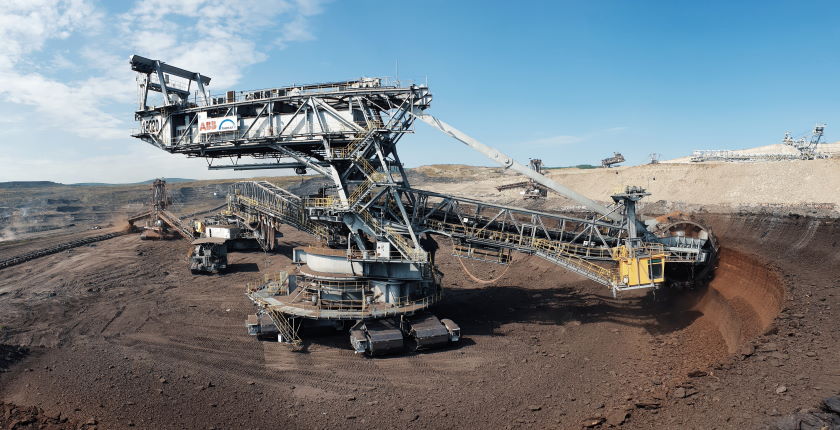
Photo: Albert Hyseni on Unsplash
The Government of Romania became more ambitious with its coal phaseout planning. It proposed in a draft executive order to end the use of the fossil fuel by the end of the decade at a time when other countries in the region and Europe are putting such plans on hold or pushing them back.
Just a year ago, Romania put 2032 in the proposal of its National Recovery and Resilience Plan (NRRP or PNNR) as the target year to shut down its entire coal business. It was one of the first countries in Southeastern Europe to set such a deadline and the move was reported in the media without any high-ranking official making an announcement.
In the meantime, the energy crisis erupted, followed by Russia’s invasion of Ukraine, which shook the continent to its core once again after the COVID-19 pandemic. European countries are currently walking back on coal phaseout promises, at least temporarily, to maintain energy security.
Beyond 2030 coal club is shrinking
Romania has no obvious reason to push for a more ambitious goal to end the use of the most polluting fossil fuel. Yet the Ministry of Energy just issued a draft emergency ordinance for public debate in which it said the country would end the use of coal by the end of 2030, which has become a benchmark in the past few years.
CE Oltenia’s three coal power units will be switched to reserve in 2026
The only European Union member states currently planning to make the move after the turn of the decade are Bulgaria, Croatia, Slovenia and the Czech Republic. Poland hasn’t set a formal coal exit date except committing in general to total decarbonization by 2050 at the latest.
Same goes for Bosnia and Herzegovina, Serbia and Kosovo*, which aren’t in the EU, while Turkey set 2053 as a deadline for total decarbonization. Montenegro has pledged to close its only coal plant, Pljevlja, by 2035. However, in August, the now former prime minister Zdravko Krivokapić estimated it would likely be decommissioned by 2030.
The coal sector is becoming less viable due to the EU’s environmental regulations and increasing costs for carbon dioxide emissions.
Energy crisis prompted short-term boost to coal sector
Romania has recently declared it would get idle coal plants online and increase output at its mines in the short term, which makes the latest decision even more surprising.
Romania is also counting on gas-fired power plants and a small nuclear reactor
Furthermore, the government has earmarked substantial funds for gas infrastructure and gas-fired power plants and a law was passed to promote the production of fossil gas and oil. On top of that, the country started a project for a small modular nuclear reactor.
The current capacity of power plants running on coal is 4.9 GW, according to the ministry’s update. Coal power plant units Rovinari 4, Rovinari 5 and Turceni 5, with a combined capacity of 990 MW, are planned to be placed in reserve in 2026. They are run by state-owned Complexul Energetic (CE) Oltenia, which is undergoing transformation toward solar power and gas.
Redundant workers to get grants for rooftop photovoltaic systems
According to the draft ordinance, new hydropower and nuclear power capacities need to come online by 2030. The government added that the people who lose their jobs would get priority in vocational retraining as part of efforts under the just transition plan. Gorj, Hunedoara and Dolj will be the most affected areas, the proposal reveals.
Coal sector workers will be able to get grants for the purchase of photovoltaic systems with a capacity of 3 kW to 5 kW each, presumably to be built on roofs of family houses.


















Sadly, Germany is still planning a 2038 or before coal phase out. There is nothing definitive that says they will achieve a phase out before then, or before 2030.